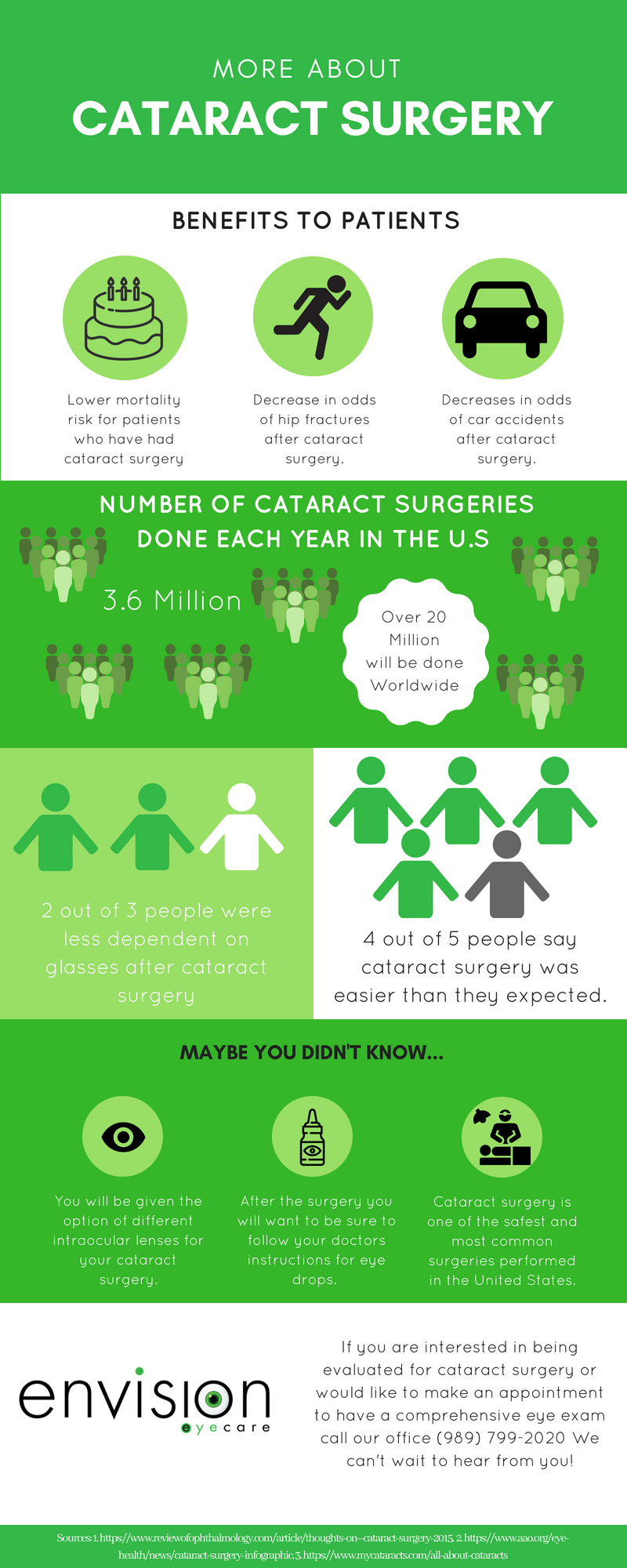Explore A Fascinating Voyage Mapping The Advancement Of Cataract Surgical Procedure Approaches That Are Reinventing The Outlook Of Eye Health Care
Explore A Fascinating Voyage Mapping The Advancement Of Cataract Surgical Procedure Approaches That Are Reinventing The Outlook Of Eye Health Care
Blog Article
Staff Author-Mcfadden Humphrey
As you discover the evolution of innovative cataract surgery techniques, you'll witness a journey marked by ingenuity and precision. From https://www.metrotimes.com/news-hits/archives/2018/12/14/death-of-fox-2-anchor-jessica-starr-sheds-light-on-possible-connection-between-lasik-surgery-and-suicide that led the way for modern developments to advanced technologies that are reinventing the field, the thorough introduction of cataract surgical treatment strategies is a testament to human progress and dedication to improving client end results. The complex interaction in between historical strategies and advanced developments develops an intriguing story that clarifies the advancement of one of one of the most usual surgical procedures worldwide.
Historic Strategies and Developments
Discover exactly how very early doctors transformed cataract treatment by utilizing ingenious strategies and devices. In the past, cataract surgical procedure was a high-risk and agonizing procedure. Nevertheless, old Indian physicians were amongst the initial to attempt surgical treatments for cataracts, using a technique called 'formulating' where a sharp tool was made use of to press the cataract back right into the eye. This approach, though crude by today's standards, laid the groundwork for future improvements in cataract surgical treatment.
As time advanced, Arab physicians made considerable payments by establishing specialized needles for cataract extraction. These needles were utilized to pierce the cataract and afterwards extract it from the eye, noting a substantial enhancement in medical accuracy.
Later, in the 18th century, the French cosmetic surgeon Jacques Daviel originated the strategy of extracapsular cataract extraction, where the whole lens was removed undamaged with a bigger laceration. This noted a significant development in cataract surgery strategies, leading the way for the contemporary treatments we utilize today.
Modern Surgical Approaches
Early methods in cataract surgical treatment have advanced significantly, leading to the development of modern surgical methods that focus on accuracy and enhanced individual outcomes. Modern cataract surgery now frequently entails a treatment called phacoemulsification, where an ultrasonic tool breaks up the cataract for removal via a tiny laceration. This strategy allows for quicker healing and lowers the threat of complications compared to older approaches.
Furthermore, using sophisticated intraocular lenses (IOLs) has transformed cataract surgical treatment results. These lenses can correct not only the cataract however likewise other refractive errors like astigmatism, reducing the demand for glasses post-surgery.
Surgeons today additionally have accessibility to advanced imaging modern technologies that help in exact preoperative preparation and intraoperative decision-making. Optical comprehensibility tomography (OCT) and various other imaging techniques supply comprehensive pictures of the eye's frameworks, allowing for a more customized technique to every person's surgical treatment. With these developments, contemporary cataract surgical procedure techniques remain to enhance, supplying clients safer treatments and much better visual outcomes.
Arising Technologies in Cataract Surgery
With improvements in innovation reinventing the field, cataract surgical procedure is experiencing the combination of cutting-edge strategies for improved client outcomes. Arising technologies in cataract surgery are reshaping the landscape of ocular procedures. One such innovation is femtosecond laser technology, which allows for accurate corneal cuts, capsulotomies, and lens fragmentation, resulting in boosted surgical accuracy and end results.
Furthermore, intraoperative aberrometry is acquiring popularity, enabling real-time dimensions of refractive errors during surgical procedure to improve intraocular lens power calculations and decrease postoperative refractive shocks.
In addition, using sophisticated imaging technologies like optical coherence tomography (OCT) and intraoperative wavefront aberrometry aids specialists in exact surgical preparation and implementation. These devices give comprehensive anatomical information and assistance tailor surgical methods for each individual's distinct eye attributes.
Moreover, growths in artificial intelligence are being explored to assist in preoperative preparation, intraoperative decision-making, and postoperative care, possibly maximizing surgical outcomes and individual contentment. Embracing these arising modern technologies in cataract surgical procedure holds promise for further boosting patient results and guaranteeing the continued evolution of sensory surgical strategies.
Conclusion
As you trip through the history of cataract surgical procedure, you witness the change from ancient techniques to cutting-edge innovations. Like a phoenix metro rising from the ashes, cataract surgical procedure has actually advanced right into a sign of hope and technology.
Equally as a caterpillar emerges from its cocoon as an attractive butterfly, cataract surgical treatment has thrived into a polished art type, offering patients more clear vision and a brighter future.
The development proceeds, beaming a light on unlimited possibilities.
